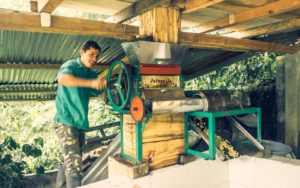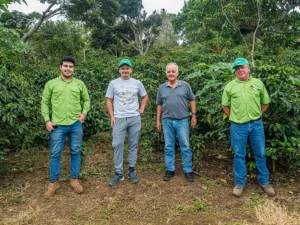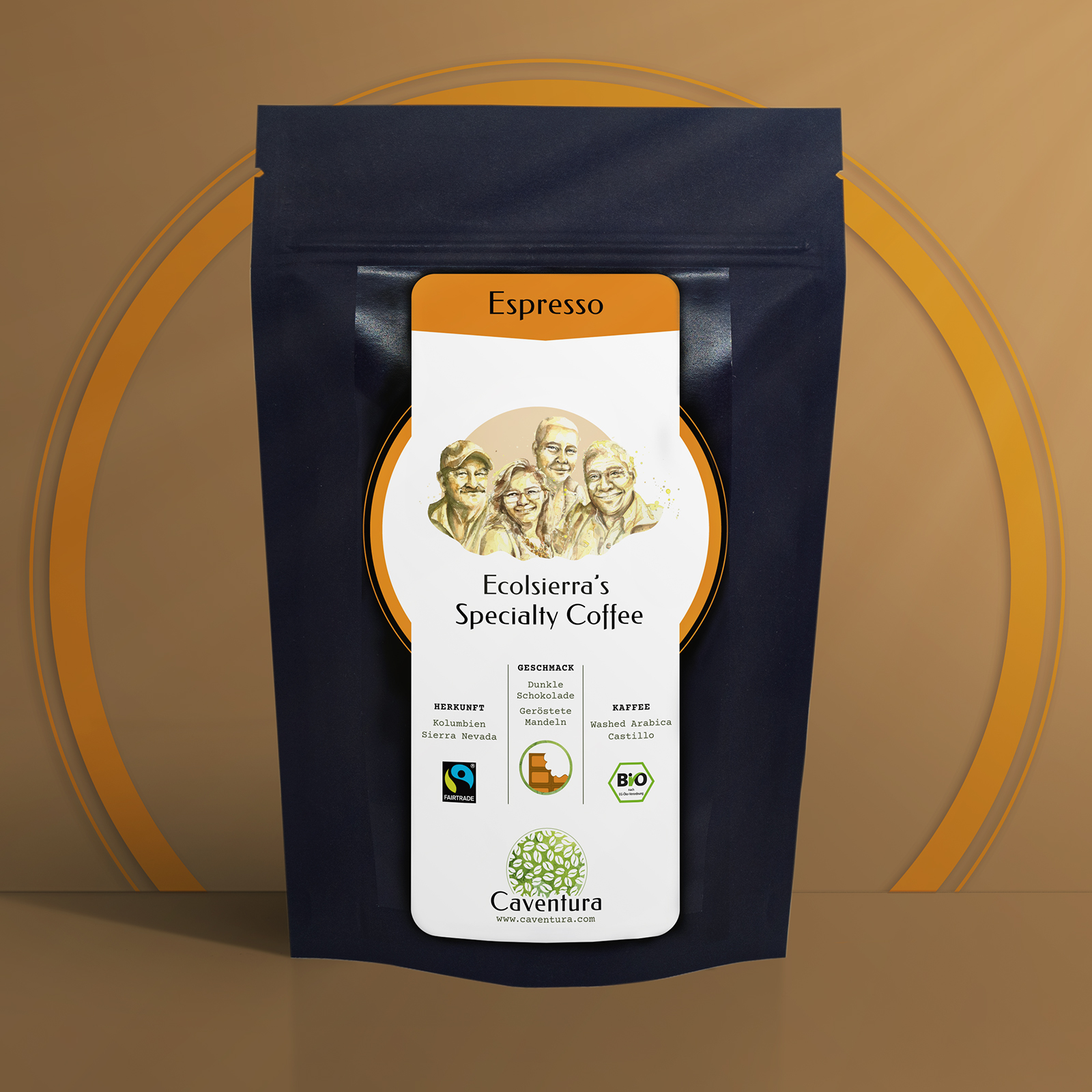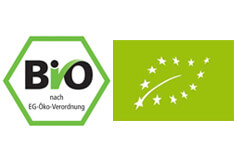Today is the 1st of October.
This day is designated by a big NGO as the International Day of Coffee. It is also used by the coffee industry to promote coffee consumption. But, I believe, it should be also a day in which we reflect on the role this beverage plays in our lives.
Instead of offering you a promotion, or a free cup of coffee, I want to offer you my take on what turns a coffee into a great coffee or in the jargon of the coffee industry—into a “specialty coffee”. Taste is important, but is this all?
Thoughts Prompted by a Customer
This short write-up was prompted by a potential customer, who asked us whether our coffee was truly exceptional. “There are amazing high-end coffees out there—like the naturally processed Hacienda Esmeralda’s Geisha from Panama. This is for me a cup of coffee that offers a once-in-a-lifetime experience. Do you offer a similar quality? I am interested only in the very best coffee in the world.”
Striving to provide great tasting coffee is, of course, the goal of every specialty roaster. So, I thanked the customer for her question, explained to her in detail our cupping and selection process, and on the same day sent her roasted samples of our entire selection. We are proud of our coffees, and I was sure she would find a coffee according to her taste.
At the same time, however, this made me reflect on how much emphasis does our industry put on quality and whether this wasn’t simply too much. Here are my thoughts on this.
The World of Coffee is Overwhelmingly Complex
The world of coffee—as in the case of every agricultural crop—is immense.
To give you an idea, consider the first of dozens of steps a producer has to make when they decide to start growing coffee: choosing the right plant. There are more than 100 species of Coffea, of which only a few are currently used for commercial production. For each species, there is then a multitude of varieties and cultivars. The choice is essential for the final taste of the coffee, and the task requires knowledge of the climate, influence on the local flora and fauna, local plant diseases, processing and storage techniques, transportation methods, roasting practices, taste preferences of the end consumers in the importing countries, etc.
The coffee producers from the Colombian cooperative Red Ecolsierra we partner with, for example, plant among others the variety Castilla (from the species Arabica), because it thrives greatly in the climate between 1,000 and 2,500 meters above sea level on the Sierra Nevada de Santa Marta, is largely resistant to the leaf rust, can be tamed easily, and produces outstanding results in terms of cup profile.
To complicate the matter, there is a staggering imbalance of power between the producers of coffee and the buyers of coffee. Worldwide there are 25+ million farmers, a majority of which produce in the remote, highly elevated, and often dangerous mountain regions of the equatorial belt to support their livelihood constrained by very limited financial means. Their families are often malnourished. Besides, the global climate crisis we all are causing is not helping. At all.
On the buyer’s side, the market is dominated by industrial coffee roasters (the biggest one being Nestlé), who focus their marketing messages on superficial topics like the thickness of the coffee cream in millimeters, the differences between the coffee taste depending on the coffee quantity in milligrams, the importance of freshness of the coffee beans after they have been roasted in minutes, etc. All of this if possible, at the request of us as coffee consumers, at the lowest possible price, so that there is enough budget left for Rocket espresso machines, Hario pour-over kettles, Chemex paper filters…
So, in a nutshell, coffee growing is a complex endeavor carried out under difficult conditions, that brings insufficient income, and—on top—the beneficiary (every one of us) is willingly or unwillingly keeping her eyes shut for the reality out there.
In other words, …
… Coffee Drinkers, We Have a Big Problem!
If we continue like this, there will soon be nobody and nowhere to grow coffee. Will it help if a tiny group of feinschmecker drink unreasonably expensive coffee? Will it make a difference if we, as a startup, only focus on the highest-end coffee?
Probably not.
We don’t believe that offering coffee that costs €359,55 per kg, like the naturally processed Hacienda Esmeralda’s Geisha from Panama, is going to move the needle. It will not make the 95% of the people, who still drink unfairly procured, cheaply roasted, and, frankly, awfully tasting coffee to switch to coffee roasted locally or at least in the country of origin and start caring about transparency and traceability.
Wait, but What about Taste?
We believe, of course, that the coffee taste is of paramount importance. But we also found out that taste is influenced not only by objective attributes but also by cognitive processes. In other words—it is not only important what is in your cup, but how do you feel about what is in your cup.
To process this, ask yourself:
“Would I prefer a coffee that tastes better than any other coffee that I have tasted so far but have to drink it from a black non-recyclable plastic container that does not tell me anything about its content?
Or would I prefer a great tasting coffee from an appealing and recyclable packaging, which is paid fairly and has been produced entirely organically by the farmer Jaime García from Northern Columbia on his finca elevated 1,100 meters above sea level, on which he lives with his wife, three children, and seven grandchildren and who grows papaya trees so that the bees that live off these trees can support the regeneration of the jungle after it had been devastated by the Narcos for decades?”
The Good News Is…
People are starting to realize that what they taste depends also on how they feel about it.
Only “starting”, because even in a highly developed market like Germany less than 5% of the sold coffee is coming from specialty roasteries interested to showcase transparency. But the trend is visible. The sales of specialty coffee are growing per year in double-digit numbers.
So, How to Solve that Big Problem?
Instead of focusing only on the very best coffee out there, we focus on great coffee with a real story, so that you, our customers, know what you are drinking.
We also focus on keeping our costs down, so that we can make this great coffee affordable for everybody. We source directly, don’t have excessive marketing overhead, and roast on demand.
Besides, we focus on technical innovations, which we believe will help more people to enjoy better coffee.
All of this has one goal—a positive impact on the lives of the coffee lovers, the coffee farmers, and the planet. Here you can read our transparency report (only in German right now, sorry), in case you want to crosscheck the facts.
That’s it. We don’t shoot for the stars, but only the sky is the limit.
Yours,
Georgi






